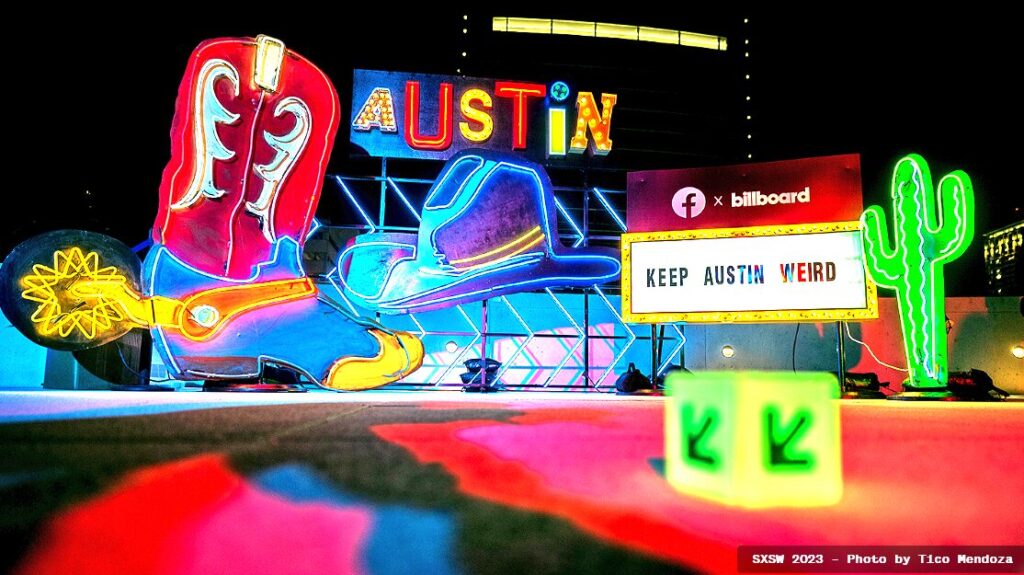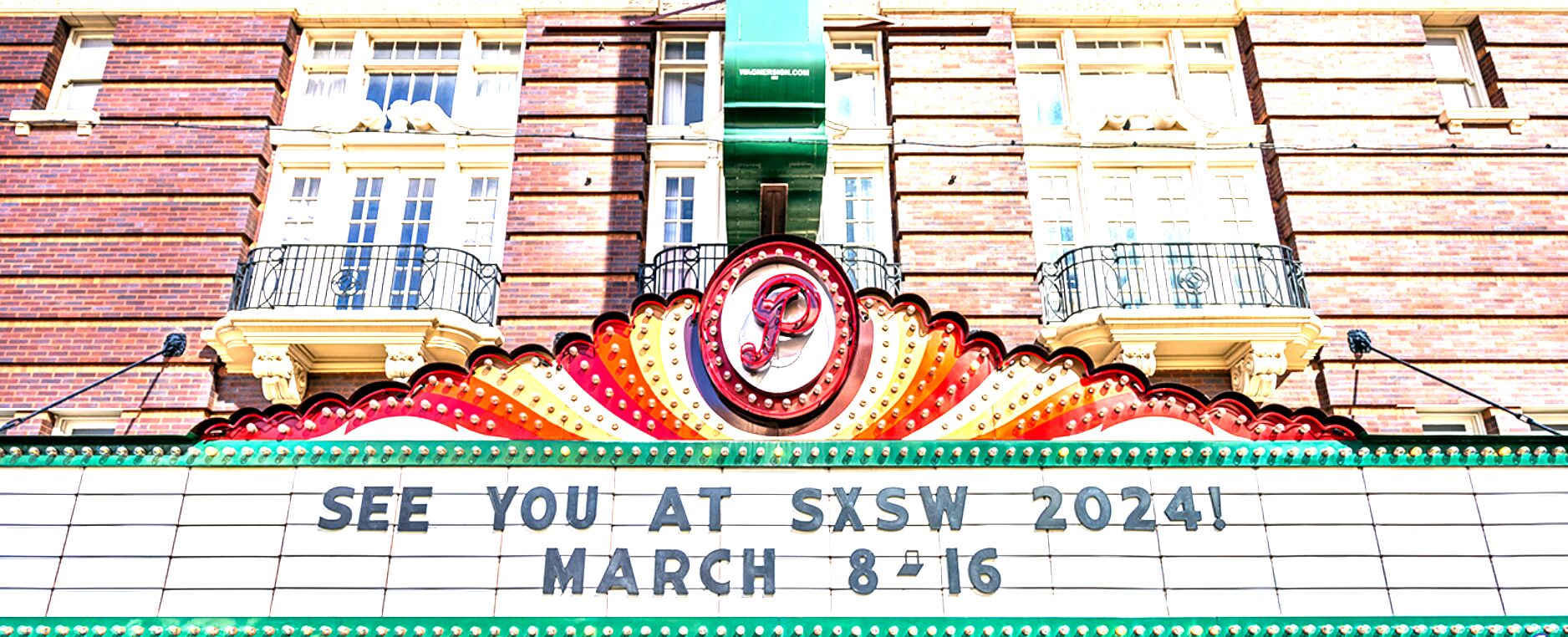South by Southwest (SXSW), a conglomerate of film, interactive media, and music festivals and conferences, holds a special place in the heart of Austin, Texas. But its influence extends far beyond the Lone Star State. Over its nearly four decades of existence, SXSW has grown from a modest music festival into a multi-disciplinary event that shapes the artistic landscape across various mediums. In this article, we delve into the origins of SXSW, its evolution, and its profound impact on artistic views, spanning music, film, interactive media, and cross-disciplinary collaboration.
The roots of SXSW stretch back to 1987, when a small group of Austin-based creatives organized a music festival to spotlight the local music scene. With just 700 attendees and performances from 177 artists across various venues, the inaugural event laid the groundwork for what would become an iconic cultural phenomenon. Over time, SXSW expanded its offerings, incorporating film screenings in the early 1990s and introducing the Interactive Conference in 1994. This evolution transformed SXSW from a music-centric gathering into a multi-faceted event that celebrates the intersection of art, technology, and innovation.
SXSW has earned a reputation as a launchpad for emerging musicians and bands, offering unparalleled opportunities for exposure, networking, and discovery. The festival’s showcases and performances attract industry professionals, talent scouts, and music enthusiasts from around the globe, providing artists with a platform to showcase their talent and connect with audiences. Moreover, SXSW’s eclectic lineup reflects the diversity of the global music landscape, fostering cross-genre collaboration and pushing artistic boundaries.
Artists like The White Stripes, John Mayer, and Alabama Shakes have credited SXSW with helping to catapult their careers to new heights. For these musicians and many others, SXSW provided a crucial platform for exposure and networking, leading to record deals, media attention, and widespread recognition. Additionally, SXSW’s inclusive and diverse programming has paved the way for artists from underrepresented communities to gain visibility and recognition in the music industry.
In the realm of film, SXSW serves as a vital platform for independent filmmakers to premiere their work, gain exposure, and forge connections with industry insiders. The festival’s film program encompasses a diverse array of narratives, genres, and perspectives, celebrating the richness and complexity of human storytelling. Many films that premiere at SXSW go on to achieve critical acclaim and commercial success, thanks to the festival’s reputation for showcasing groundbreaking cinema and attracting attention from the global film industry.

Filmmakers like Lena Dunham, Joe Swanberg, and Barry Jenkins have benefited from the exposure and opportunities afforded by SXSW. Their films, including “Tiny Furniture,” “Drinking Buddies,” and “Moonlight,” respectively, premiered at the festival and went on to receive widespread acclaim, earning accolades such as Academy Awards and critical praise. SXSW’s inclusive and supportive environment has empowered independent filmmakers to tell their stories authentically and to reach audiences around the world.
SXSW Interactive has emerged as a hub for innovation, entrepreneurship, and thought leadership in the tech and creative industries. The conference brings together pioneers, visionaries, and innovators to explore the latest trends, technologies, and ideas shaping the future of digital culture. SXSW Interactive has played a crucial role in catalyzing technological innovation and creative experimentation, with many groundbreaking concepts and technologies unveiled or popularized at the event.
Startups like Twitter, Foursquare, and Airbnb owe part of their success to SXSW, where they gained early adopters, media attention, and investor interest. These companies leveraged the festival’s interactive component to showcase their products, connect with users, and generate buzz, laying the foundation for their eventual growth and expansion. SXSW’s vibrant ecosystem of creativity and innovation has fostered a culture of entrepreneurship and risk-taking, inspiring countless individuals to pursue their passions and bring their ideas to life.
One of the most significant contributions of SXSW is its role in fostering cross-disciplinary collaboration and dialogue among artists, technologists, and industry professionals. The convergence of music, film, and interactive media at SXSW creates a fertile ground for interdisciplinary exchange, inspiration, and collaboration. Musicians explore interactive installations, filmmakers experiment with transmedia storytelling, and technologists collaborate with artists to create immersive experiences, sparking new ideas and pushing the boundaries of creativity.
Innovators like Björk, Spike Jonze, and Chris Milk have embraced SXSW as a platform for exploring the intersection of art and technology. Their immersive multimedia experiences, such as virtual reality concerts and interactive installations, blur the line between physical and digital spaces, inviting audiences to engage with art in new and transformative ways. SXSW’s emphasis on cross-disciplinary collaboration has led to groundbreaking innovations and experiences that transcend traditional artistic boundaries, inspiring audiences and creators alike.
SXSW stands as a testament to the power of creativity, innovation, and community. From its humble beginnings as a music festival to its evolution into a multi-disciplinary event that spans music, film, interactive media, and beyond, SXSW has championed diversity, collaboration, and experimentation in the arts. Its impact extends far beyond its annual iteration, shaping artistic views, influencing trends, and fostering a global community of artists, technologists, and enthusiasts. As SXSW continues to evolve and adapt to the changing landscape of the creative industries, its legacy as a catalyst for artistic expression and innovation remains firmly intact, inspiring generations of artists and shaping the future of art and technology.








